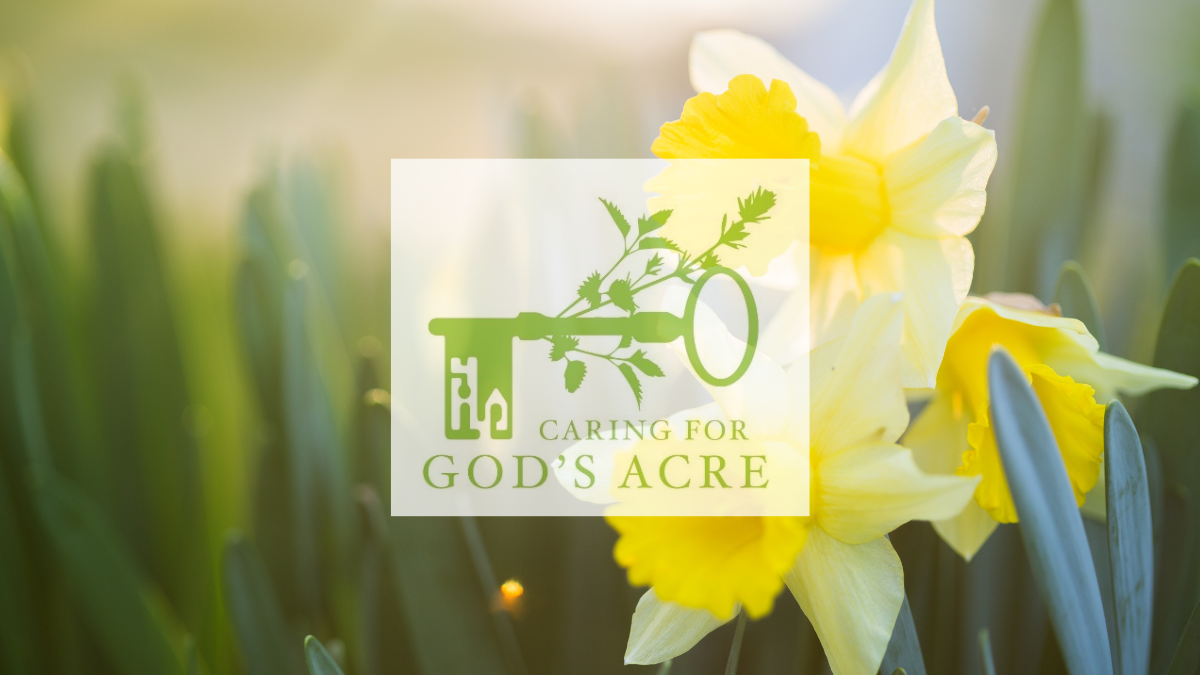
Wild Daffodils
At this time of year, the yellow trumpets of daffodils brighten up even the dullest spring day. Most of what we see are planted garden varieties, but a real treat is to find wild daffodils (Narcissus pseudonarcissus).
Once widespread, the wild daffodil is now much rarer, having mysteriously declined during the 19th century. It now has a disjointed distribution – for instance it is found mainly in south Devon, pockets of the Black Mountains in Wales, stretches of the Gloucestershire-Herefordshire border country, the Sussex Weald, Farndale in Yorkshire, and the Lake District. Elsewhere, even in suitable habitat, it only occurs in small patches, many miles apart. For example, in churchyards.
The wild daffodil’s status as a popular flower was particularly celebrated in the area around Newent, Dymock and Ledbury on the Gloucestershire-Herefordshire border which acquired the nickname of ‘The Golden Triangle.’ In the 1930s the Great Western Railway ran ‘Daffodil Specials’, from London for weekend tourists to walk amongst the ‘golden tides’ and to buy fresh bunches at garden gates. Many farmers and orchard-owners used to have them as a cash-crop, harvested on a ‘Pick Your Own’ basis. At the end of April, the meadows went back to their function of growing hay or fruit.
A 1930’s guide to a village in the Golden Triangle wrote: They are picked by the local women and children and were sold to an agent, who sends them to South Wales, where they find a ready sale for Mothering Sunday and also for Palm Sunday, for many places the old (Welsh) custom of ‘flowering the graves’ on that day still persists. The daffodils are also sent to northern industrial towns. Information from Flora Britannica by Richard Mabey
How to spot a wild daffodil - The wild daffodil is smaller than horticultural varieties, with paler petals and a deeper yellow trumpet-like tube. The leaves are grey/green, flattened and around 15mm wide. It is relatively short (30-35cm) and forms clumps which carpet the ground. A top tip is that unless
there are several hundreds of them looking particularly small and washed out, they probably aren’t wild!
Please help us to map the churchyards containing wild daffodils by taking a photo on the iNaturalist app and posting it on our Beautiful Burial Grounds project within iNaturalist.
All the best,
Diocesan Churchyard Environmental Advisor
www.caringforgodsacre.org.uk - individuals and groups in the diocese receive 20% members discount on all CfGA materials. Use the discount code diomem22
